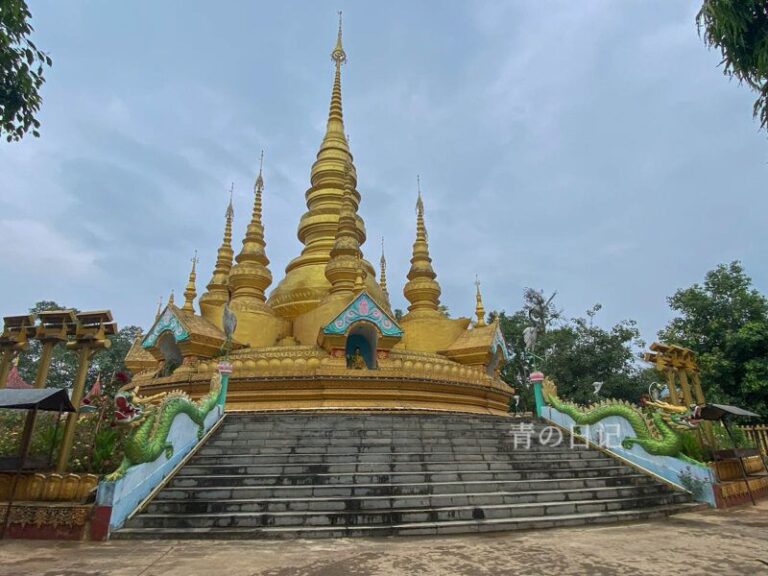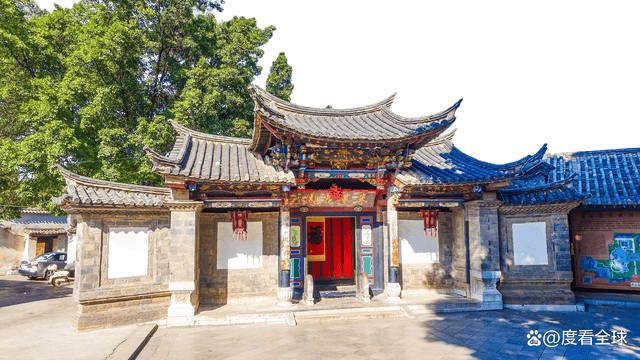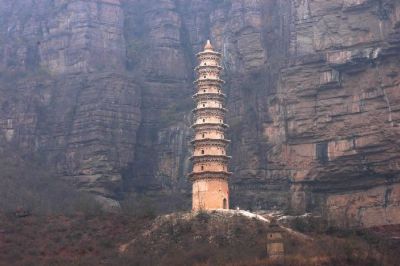Discover Qingyang Zhoujiu Bangmufang: A Hidden Gem of Gansu’s Culinary Scene
An Essential Guide to Visiting Qingyang Zhoujiu Bangmufang
In This Guide
- An Essential Guide to Visiting Qingyang Zhoujiu Bangmufang
- The Rich History of Qingyang Zhoujiu Bangmufang
- Main Highlights: What to See at Qingyang Zhoujiu Bangmufang
- Planning Your Visit: A Practical Guide
- Tickets, Hours, and Booking
- How to Get There
- Local Cuisine and Accommodation
- Frequently Asked Questions
- Final Thoughts on Your Trip
Nestled in the eastern part of Gansu Province, Qingyang is a hidden gem of China that invites travelers to step into a world where ancient history and natural beauty seamlessly intertwine. Known as one of the birthplaces of early agricultural civilization, this city is steeped in rich cultural heritage, often described as the “Grain Granary of Longdong.” As you wander through its enchanting landscapes, you will discover a treasure trove of historical sites, including the revered Zhou Ancestor Forest Park, which honors the legendary figure of Zhou Mu, the founder of the Zhou dynasty.
Qingyang is not just a place for history buffs; it’s a haven for nature enthusiasts and food lovers alike. The rolling hills of the Loess Plateau, dotted with terraced fields and lush forests, provide a stunning backdrop for outdoor activities such as hiking and photography. Meanwhile, the local cuisine, characterized by its unique flavors and traditional dishes like mutton noodles and hand-pulled noodles, offers a delightful culinary experience that reflects the region’s agricultural roots.
In this guide, we will delve into the must-see attractions, culinary delights, and vibrant culture of Qingyang, ensuring that your journey through this remarkable city is both enriching and unforgettable. Whether you’re seeking the tranquility of nature, the thrill of exploration, or a taste of authentic Chinese culture, Qingyang promises to deliver an experience that resonates long after your visit. So, prepare to uncover the secrets of this captivating destination, where every corner tells a story and every meal is a celebration of heritage.
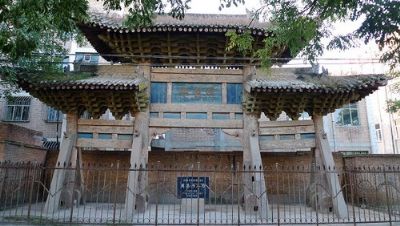
Qingyang Zhoujiu Bangmufang.
The Rich History of Qingyang Zhoujiu Bangmufang
Qingyang, located in the eastern part of Gansu Province, is a city steeped in rich history, serving as a significant crossroads of culture and civilization in China. It is widely recognized as one of the birthplaces of early agricultural civilization, tracing its roots back over 7,000 years. The region is particularly noted for its association with the Zhou Dynasty and its legendary progenitor, Zhou Xianzu, who is credited with establishing the foundations of farming culture in ancient China.
The Zhou ancestral tomb, known as Zhou Zuling, is a prominent historical site in Qingyang, believed to be the final resting place of Zhou Xianzu. This site not only reflects the deep agricultural traditions of the area but also symbolizes the historical significance of the Zhou lineage in Chinese history. The surrounding Zhou Zuling Forest Park enhances the cultural experience, offering visitors a serene environment to connect with the past while enjoying the natural landscape.
Qingyang has also played a vital role during various dynasties, particularly during the Northern Wei period (386-534 AD), when it became a center for Buddhist art and culture. The Northern Stone Grottoes, a site of great historical and artistic importance, were carved during this era and remain one of the four major stone grottoes in Gansu. These intricate carvings and sculptures provide insight into the spiritual life and artistic expression of that time.
Furthermore, the city has historical ties to the revolutionary movements in China. It was part of the Shaanxi-Gansu-Ningxia Border Region, which became a focal point for revolutionary activities during the early 20th century. Sites such as the Nanliang Revolutionary Memorial Hall serve as reminders of this turbulent period and the spirit of resilience that characterized the local population.
In summary, Qingyang is a city where history, culture, and nature intertwine beautifully. From its ancient agricultural roots and Buddhist heritage to its pivotal role in modern revolutionary history, Qingyang offers visitors a profound glimpse into the rich tapestry of Chinese civilization. Whether exploring the Zhou ancestral tomb or wandering through ancient grottoes, one can truly appreciate the enduring legacy of this remarkable region.
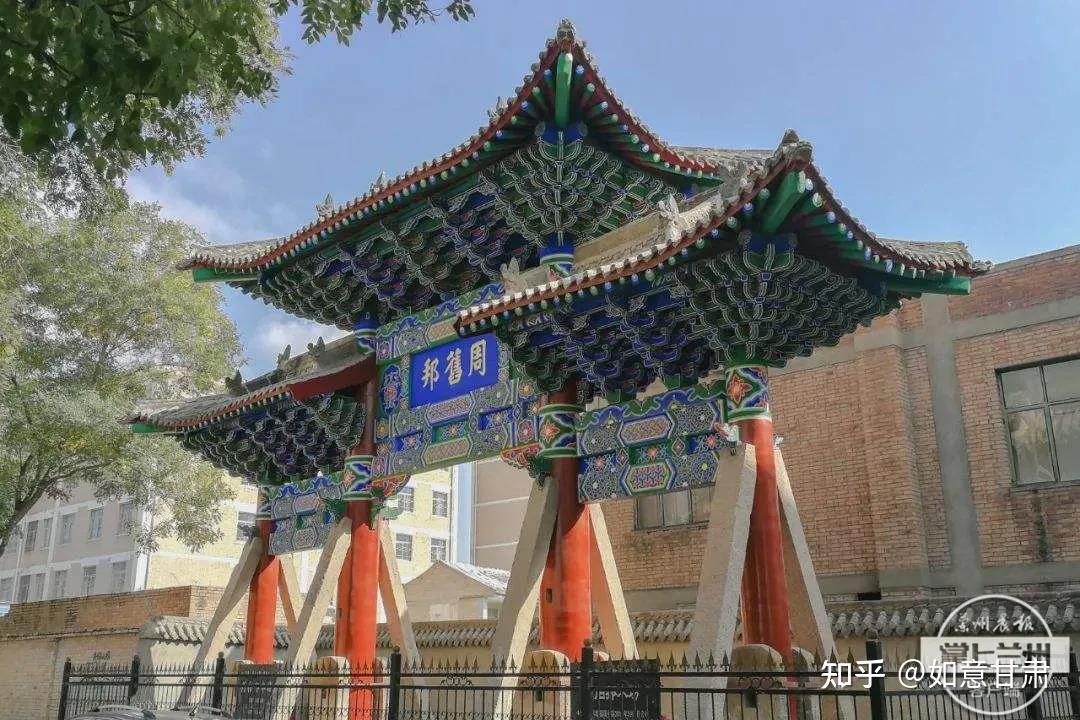
Qingyang Zhoujiu Bangmufang.
Main Highlights: What to See at Qingyang Zhoujiu Bangmufang
Highlights of Qingyang Zhoujiu Bangmufang
Nestled in the heart of Gansu Province, Qingyang Zhoujiu Bangmufang is a hidden gem that encapsulates the rich historical and cultural tapestry of China’s ancient civilization. Known as the birthplace of early agricultural society, this charming locale offers an immersive experience for travelers seeking both natural beauty and cultural heritage.
-
Historical Significance: As one of the cradles of Chinese farming civilization, Qingyang is steeped in history. The Zhouzu Tomb Forest Park, where the legendary Zhou ancestor Bo Chui is said to rest, is a must-visit. This site not only provides a glimpse into the past but also offers stunning views of the surrounding landscape, allowing visitors to appreciate the connection between history and nature.
-
Natural Wonders: The region is blessed with picturesque scenery, featuring lush hills and unique geological formations. The North Stone Caves, known for their exquisite carvings and ancient relics, are comparable to the renowned Mogao Caves in Dunhuang. A visit here allows for an exploration of Buddhist art that has survived for centuries, making it a significant site for history enthusiasts and photographers alike.
-
Cultural Experiences: Engage with the local culture through various activities that highlight Qingyang’s rich heritage. The surrounding areas are home to traditional cave dwellings, offering a unique opportunity to experience life as it was centuries ago. The region is also known for its vibrant local festivals, including the popular Qingyang Aromatic Bag Festival, which showcases traditional craftsmanship and community spirit.
-
Culinary Delights: No visit to Qingyang would be complete without indulging in its renowned cuisine. The local specialties, such as lamb noodles and unique cold dishes, reflect the flavors of the region. Dining at local eateries provides not only a taste of authentic dishes but also a chance to interact with friendly locals who are eager to share their culinary traditions.
-
Accessibility: Qingyang is conveniently located, making it an ideal stop for travelers exploring the eastern part of Gansu Province. With well-established transportation links from major cities like Xi’an and Lanzhou, reaching this historical city is both easy and enjoyable.
In summary, Qingyang Zhoujiu Bangmufang is a captivating destination that offers a blend of history, culture, and nature. Whether you’re a history buff, a foodie, or simply in search of serene landscapes, Qingyang invites you to discover its treasures and immerse yourself in its unique charm.
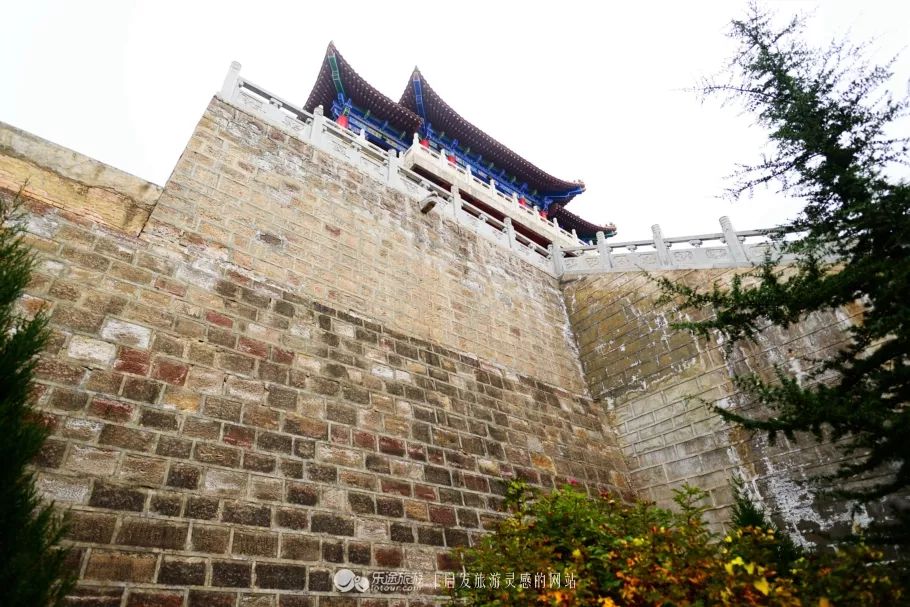
Qingyang Zhoujiu Bangmufang.
Planning Your Visit: A Practical Guide
Practical Guide to Qingyang Zhoujiu Bangmufang (周旧邦木坊)
Qingyang, located in the eastern part of Gansu Province, is a region rich in history and culture, revered as one of the birthplaces of early Chinese agricultural civilization. When visiting Qingyang Zhoujiu Bangmufang, a significant cultural site, there are several practical aspects to consider to enhance your experience.
Getting There
-
By Air: The nearest airport is Qingyang Airport, which offers flights from major cities like Beijing and Xi’an. From the airport, you can take a taxi to the city center.
-
By Train: Qingyang is accessible via high-speed trains from cities like Lanzhou and Xi’an. The Qingyang Train Station is well-connected, with frequent services making it convenient for travelers.
-
By Bus: Long-distance buses run from various locations in Gansu and neighboring provinces. The city has a well-organized bus system that can take you to popular attractions.
Local Transportation
-
Public Transport: Buses and taxis are available throughout the city, making it easy to reach Zhoujiu Bangmufang and other nearby attractions.
-
Car Rentals: For those looking to explore the countryside, consider renting a car. Be mindful that some rural roads may be challenging to navigate.
Best Time to Visit
The ideal time to explore Qingyang is from May to October when the weather is mild and pleasant. During these months, you can enjoy the lush landscapes and partake in local festivals, which often celebrate the region’s rich agricultural heritage.

Qingyang Zhoujiu Bangmufang.
Key Attractions
While at Zhoujiu Bangmufang, take time to explore nearby sites:
-
Zhouzuo Forest Park: This scenic area is home to the tomb of the ancestor of the Zhou dynasty, offering a blend of history and nature.
-
North Grotto Temple: Famous for its ancient Buddhist carvings, this site is a must-see for history buffs and photographers alike.
-
Cultural Museums: Don’t miss the local museums that showcase the agricultural history and cultural artifacts of Qingyang.
Local Cuisine
Qingyang’s culinary scene is a treat for food lovers:

Qingyang Zhoujiu Bangmufang.
-
Hala Noodles (饸饹面): A local specialty made with buckwheat noodles served in rich lamb broth.
-
Mutton Dishes: Try various mutton preparations, including stews and barbecued options, which are popular in this region.
-
Snacks and Street Food: Explore the night markets for traditional snacks like dumplings and spicy cold noodles.
Accommodations
Various accommodation options are available in Qingyang:
-
Hotels: From luxury hotels like Qingyang Hotel to budget-friendly chains, there’s something for every traveler.
-
Homestays: For a more immersive experience, consider staying in a local cave dwelling (窑洞民宿) that offers a unique glimpse into traditional living.
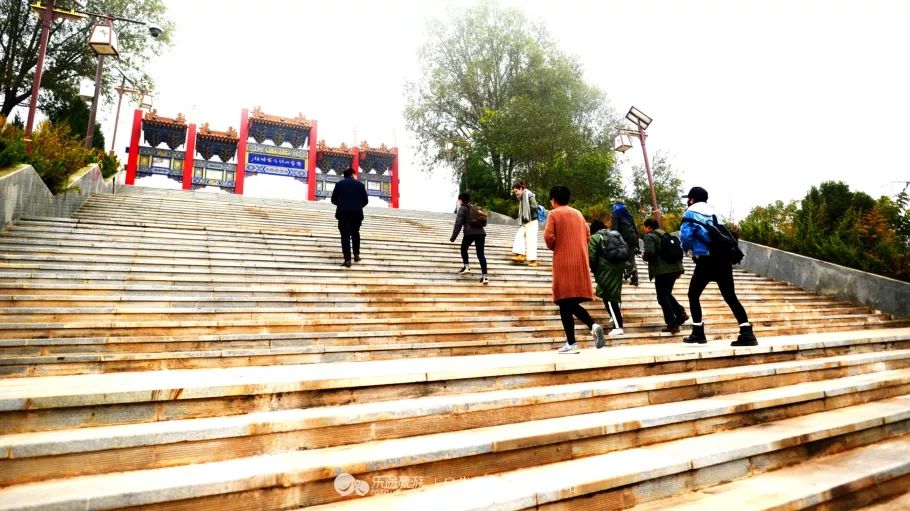
Qingyang Zhoujiu Bangmufang.
Travel Tips
-
Language: While Mandarin is the official language, learning a few basic phrases in Chinese can enhance your interactions with locals.
-
Cash: Although digital payments are common, having some cash on hand is advisable, especially in rural areas.
-
Respect Local Customs: When visiting temples or cultural sites, dress modestly and behave respectfully.
-
Weather Preparedness: The region can experience significant temperature variations, so pack accordingly. Layers are recommended, especially for evening outings.
Conclusion
Qingyang Zhoujiu Bangmufang is not just a site of historical significance but a gateway to experiencing the rich tapestry of Gansu’s culture and natural beauty. With proper planning, your visit can be both enjoyable and enlightening, leaving you with cherished memories of this unique part of China.
Tickets, Hours, and Booking
When planning your visit to Qingyang Zhoujiu Bangmufang (周旧邦木坊), it’s important to keep ticketing information in mind to ensure a smooth and enjoyable experience. Here’s what you need to know:

Qingyang Zhoujiu Bangmufang.
Entry Fees
- Qingyang Zhoujiu Bangmufang: Admission to this historical site is typically around 30 CNY. This fee grants access to the main areas of the site, which highlight the rich agricultural and cultural heritage of the region.
Discounts
- Children and Students: Reduced rates are often available for children, students, and seniors. It’s advisable to present valid identification to benefit from these discounts.
- Group Rates: If you are traveling with a larger group, inquire about group ticket pricing, which may lower the overall cost per person.
Opening Hours
- The site is generally open from 8:00 AM to 6:00 PM daily. However, it’s wise to check for any seasonal variations or special events that might affect these hours.
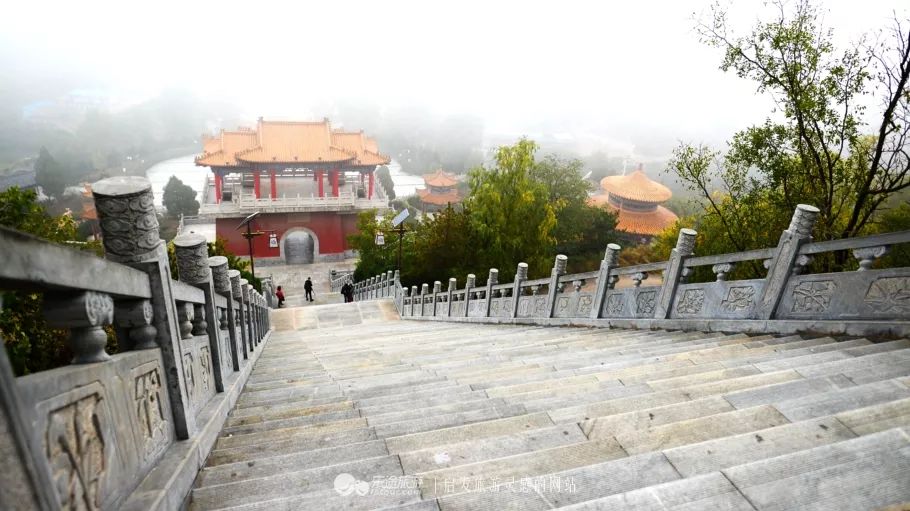
Qingyang Zhoujiu Bangmufang.
Payment Options
- Tickets can typically be purchased on-site at the entrance. Some locations may also offer online booking through local travel platforms, which can save time and guarantee entry during peak tourist seasons.
Additional Experiences
- Guided Tours: Consider joining a guided tour for a more in-depth understanding of the site’s significance and history. Fees for guided tours vary, but they usually range from 100 to 200 CNY, depending on the length and inclusiveness of the tour.
- Cultural Activities: Some experiences, such as traditional craft workshops or cultural performances, may require separate tickets or fees. These can enhance your visit by providing hands-on experiences related to the local culture.
Getting There
- Public transportation options, such as buses or taxis, can take you to the site from Qingyang city center. Be sure to account for travel time when planning your visit.
By keeping these details in mind, you can ensure a hassle-free visit to Qingyang Zhoujiu Bangmufang, allowing you to fully immerse yourself in the rich history and culture that this remarkable site has to offer.
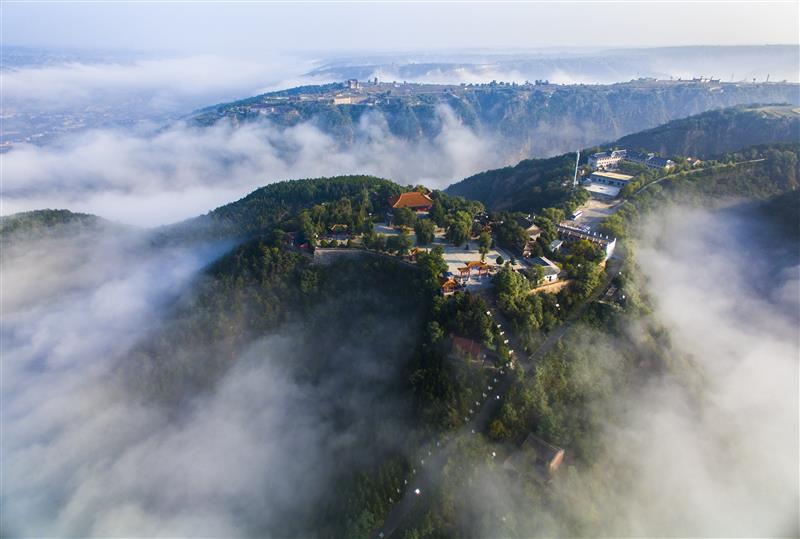
Qingyang Zhoujiu Bangmufang.
How to Get There
Getting to and around Qingyang Zhoujiu Bangmufang (周旧邦木坊) is relatively straightforward, making it accessible for both domestic and international travelers. Here’s an overview of the transportation options available to help you navigate this fascinating destination.
Arriving in Qingyang
By Air
The nearest airport to Qingyang is Qingyang Airport (庆阳机场), which is located about 25 kilometers from the city center. Regular flights connect Qingyang with major cities such as Beijing and Xi’an. Upon arrival, you can take a taxi or a pre-arranged shuttle service to reach your accommodation or local attractions.
By Train
Qingyang is well-connected by rail, with the Qingyang Railway Station (庆阳站) serving as a major stop on the Yinxi High-Speed Railway. High-speed trains run frequently from cities like Xi’an (approximately a 2-hour journey) and Lanzhou (about 3 hours). Once you arrive at the station, taxis and local buses are readily available to take you into the city or directly to Zhoujiu Bangmufang.
By Bus
Long-distance buses operate from various cities, including Xi’an and Lanzhou, to Qingyang’s main bus terminal. Buses offer a cost-effective option, but travel times can be longer compared to trains. Expect the journey from Xi’an to take around 4-5 hours depending on traffic.
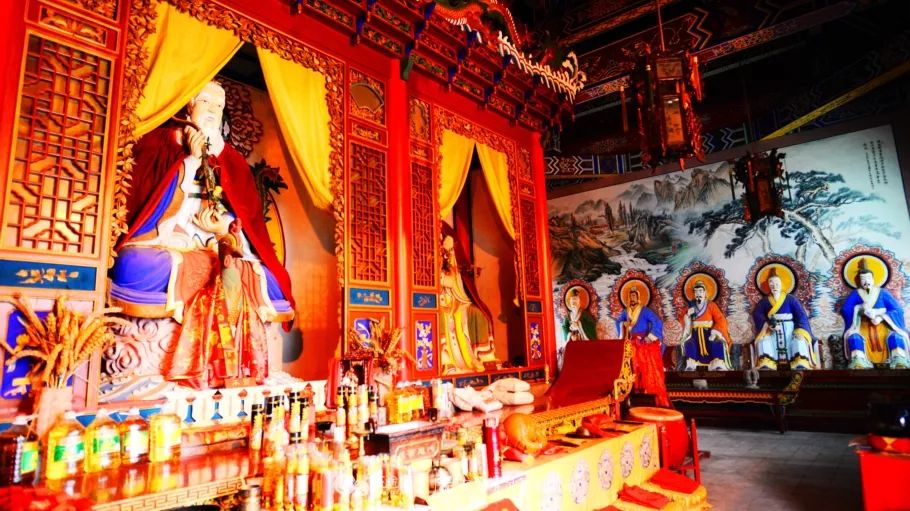
Qingyang Zhoujiu Bangmufang.
Getting Around Qingyang
Public Transit
Once in Qingyang, public buses provide a convenient way to explore the city. Many local routes connect key attractions, including Zhoujiu Bangmufang. Buses are affordable, typically costing around 2-3 RMB per ride. Be mindful of the bus schedules as they may vary, especially on weekends.
Taxis and Ride-Sharing
Taxis are widely available and can be flagged down on the street or booked via local apps. A standard fare within the city is relatively inexpensive, usually starting at 10 RMB. For a more comfortable experience, consider using ride-sharing services, which are available in the area.
Car Rentals
For those looking to explore the surrounding regions or travel at your own pace, renting a car is an excellent option. Several local car rental services operate in Qingyang, offering a variety of vehicles. However, be aware that road conditions in rural areas can be challenging, so a reliable vehicle is recommended.
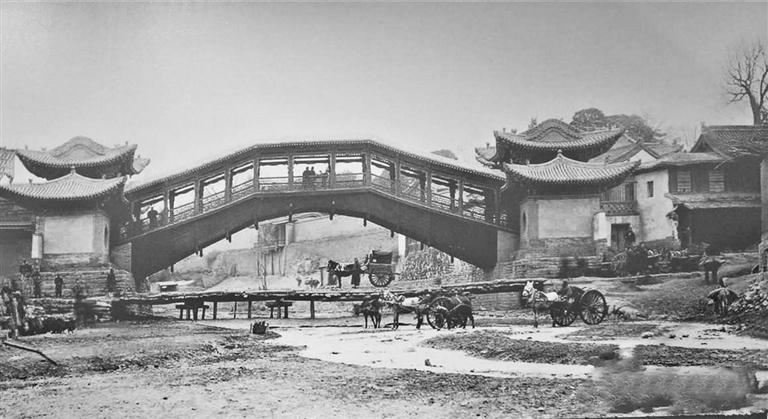
Qingyang Zhoujiu Bangmufang.
Biking and Walking
For a more immersive experience, consider renting a bike to explore nearby attractions at your leisure. Walking is also a pleasant way to discover local neighborhoods and enjoy Qingyang’s unique architecture and vibrant street life.
Tips for Travelers
- Language: While major transportation hubs may have English signage, communication can be challenging in more rural areas. Having a translation app handy or learning a few basic Mandarin phrases can be helpful.
- Cash: While digital payments are becoming more common, it’s advisable to carry some cash, especially for smaller vendors and local transport.
- Timing: Be mindful of local traffic patterns, particularly during rush hours, as this can affect travel times throughout the city.
With various transportation options at your disposal, exploring Qingyang Zhoujiu Bangmufang and its surrounding beauty is both accessible and enjoyable. Whether you choose to travel by air, train, or local transport, your adventure awaits in this historic region.
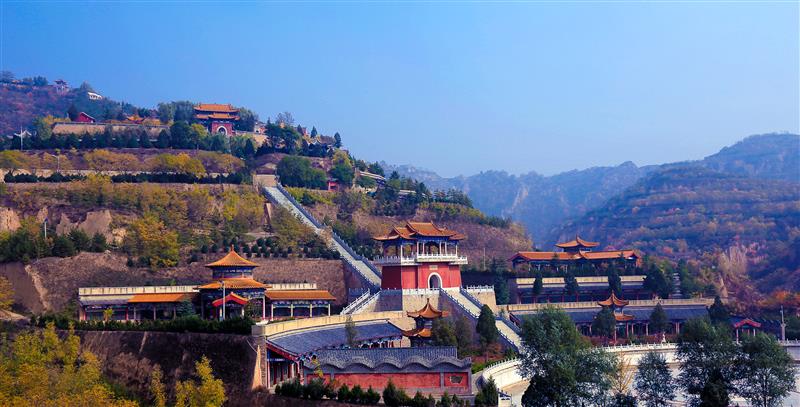
Qingyang Zhoujiu Bangmufang.
Local Cuisine and Accommodation
When visiting Qingyang Zhoujiu Bangmufang, you’ll find a delightful blend of local cuisine and accommodations that reflect the region’s rich cultural heritage.
Culinary Delights
Qingyang is renowned for its unique flavors, particularly its noodle dishes and lamb specialties. Here are some must-try culinary experiences:
-
Hala Noodles (饸饹面): This traditional dish features buckwheat noodles served in a savory lamb broth. Pair it with Qingyang’s famous aged vinegar for a tangy twist. Local favorites include restaurants like “Old Brand Hala Noodles” in Xifeng District, where you can savor this dish in its authentic form.
-
Yangrou Paomo (羊肉泡馍): A local staple, this dish consists of shredded lamb served in a hearty broth with pieces of bread soaked in the soup. It’s both comforting and filling, making it a perfect choice after a day of exploring.
-
Zhenyuan Old Banquet (镇原老席): Experience a traditional feast that includes a variety of dishes, such as the exquisite “Thirteen Flowers” banquet. This is an excellent opportunity to engage with the local culinary culture and savor multiple flavors in one sitting.
-
Dongxi Ma Hua (隴東麻花): These crispy, sweet snacks are a local favorite and make for a perfect takeaway treat. They are often enjoyed during festivities and are a delightful souvenir to bring home.
-
Local Lamb Dishes: The region is known for its tender and flavorful lamb. Various restaurants, such as “Xiaozhuang Lamb” and “Huanxian Lamb,” offer dishes ranging from stews to grilled skewers that showcase the high quality of local meat.
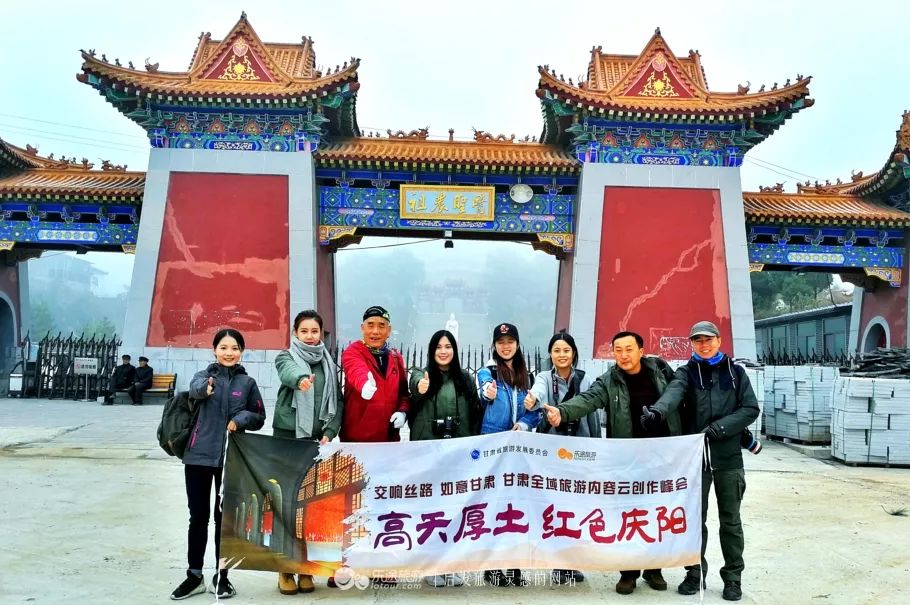
Qingyang Zhoujiu Bangmufang.
Comfortable Stays
Accommodation in Qingyang caters to a range of preferences, whether you’re looking for luxury or a unique local experience.
-
Qingyang Hotel (庆阳宾馆): Situated in the heart of the city, this four-star hotel offers modern amenities with convenient access to local attractions. Its elegant design and quality service make it a reliable choice for travelers seeking comfort.
-
Vienna International Hotel (维也纳国际酒店): Known for its luxurious ambiance, this hotel features well-appointed rooms and top-notch facilities. With its central location, guests can easily explore nearby restaurants and cultural sites.
-
Cave Dwellings (窑洞民宿): For a truly authentic experience, consider staying in a traditional cave dwelling. These unique accommodations provide a glimpse into the local lifestyle and are often equipped with modern comforts. They offer a cozy atmosphere that resonates with the rich history of the Qingyang region.
-
Economy Chains: For budget-conscious travelers, chains like Home Inn and Hanting Hotel provide clean and comfortable rooms at affordable prices, ensuring a pleasant stay without breaking the bank.
-
Local Homestays: Engage with the culture by opting for a local homestay. Many families offer rooms in their homes, providing not only a place to rest but also the chance to experience local customs and hospitality firsthand.
With its delectable food offerings and diverse accommodation options, Qingyang Zhoujiu Bangmufang is a destination that promises an enriching travel experience. Whether dining on traditional dishes or relaxing in a cozy inn, you will surely enjoy the warm hospitality and vibrant culture of this hidden gem in Gansu Province.
Frequently Asked Questions
-
What are the must-visit attractions in Qingyang Zhoujiu Bangmufang?
Qingyang Zhoujiu Bangmufang is rich in cultural heritage and natural beauty. Key attractions include the North Grottoes, the Zhou Ancestor Forest Park, and the ancient town of Zhenyuan, each showcasing unique historical and artistic significance. -
How do I get to Qingyang Zhoujiu Bangmufang?
Qingyang is accessible via several transportation options. You can fly into Qingyang Airport, take a high-speed train from Xi’an (approximately 2 hours), or use long-distance buses from nearby cities such as Lanzhou or Yinchuan. -
What is the best time to visit Qingyang Zhoujiu Bangmufang?
The ideal time to explore Qingyang is from May to October when the weather is mild and vegetation is lush. This period allows visitors to fully enjoy outdoor activities and local festivals. -
Are there any local dishes I should try in Qingyang?
Yes! Be sure to sample local delicacies such as Yangrou Huoshao (lamb pie), Hele Noodles (buckwheat noodles), and various traditional snacks available at local night markets. These dishes are deeply rooted in the region’s agricultural culture. -
Is there accommodation available near Qingyang Zhoujiu Bangmufang?
There are several accommodation options ranging from budget hotels to more luxurious stays. The Qingyang Hotel offers comfortable lodging in the city center, while traditional cave dwellings provide a unique cultural experience. -
What should I be aware of regarding weather conditions?
Qingyang experiences significant temperature fluctuations, especially in spring and autumn. Summer can be hot, so it’s advisable to bring sun protection, while winter can be quite cold, requiring warm clothing. -
Are there guided tours available in Qingyang Zhoujiu Bangmufang?
Yes, guided tours are available for those who wish to learn more about the area’s rich history and culture. Local guides can provide valuable insights into the significance of various sites and enhance your overall experience. -
What cultural customs should I respect while visiting Qingyang?
When visiting temples or historical sites, it’s important to maintain a respectful demeanor. Dress modestly, observe any local customs, and refrain from making noise or taking photos in restricted areas to honor the cultural heritage of the region.
Final Thoughts on Your Trip
In conclusion, Qingyang Zhoujiu Bangmufang stands as a remarkable testament to the rich tapestry of history, culture, and natural beauty that defines Qingyang. This region, steeped in the legacy of early agricultural civilization, invites travelers to immerse themselves in its unique landscapes and traditional practices. From the serene surroundings of the Zhouzu Ling Forest Park to the awe-inspiring artistry found in the North Stone Carvings, every corner of this area offers a glimpse into a world where ancient traditions harmonize with the rhythms of modern life.

Qingyang Zhoujiu Bangmufang.
As you explore the exquisite local cuisine, characterized by dishes like Yangrou Paomo and handmade buckwheat noodles, you will find that the flavors of Qingyang are as vibrant as its scenery. The warmth of the local community, coupled with their rich cultural heritage, creates an inviting atmosphere that encourages connection and discovery.
Whether you seek adventure in the breathtaking natural vistas or a deeper understanding of the region’s historical significance, Qingyang Zhoujiu Bangmufang promises an enriching experience. Embrace the journey through this hidden gem of China, where history whispers through the winds of the Loess Plateau, and each moment spent is a piece of a larger story waiting to be told.



